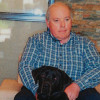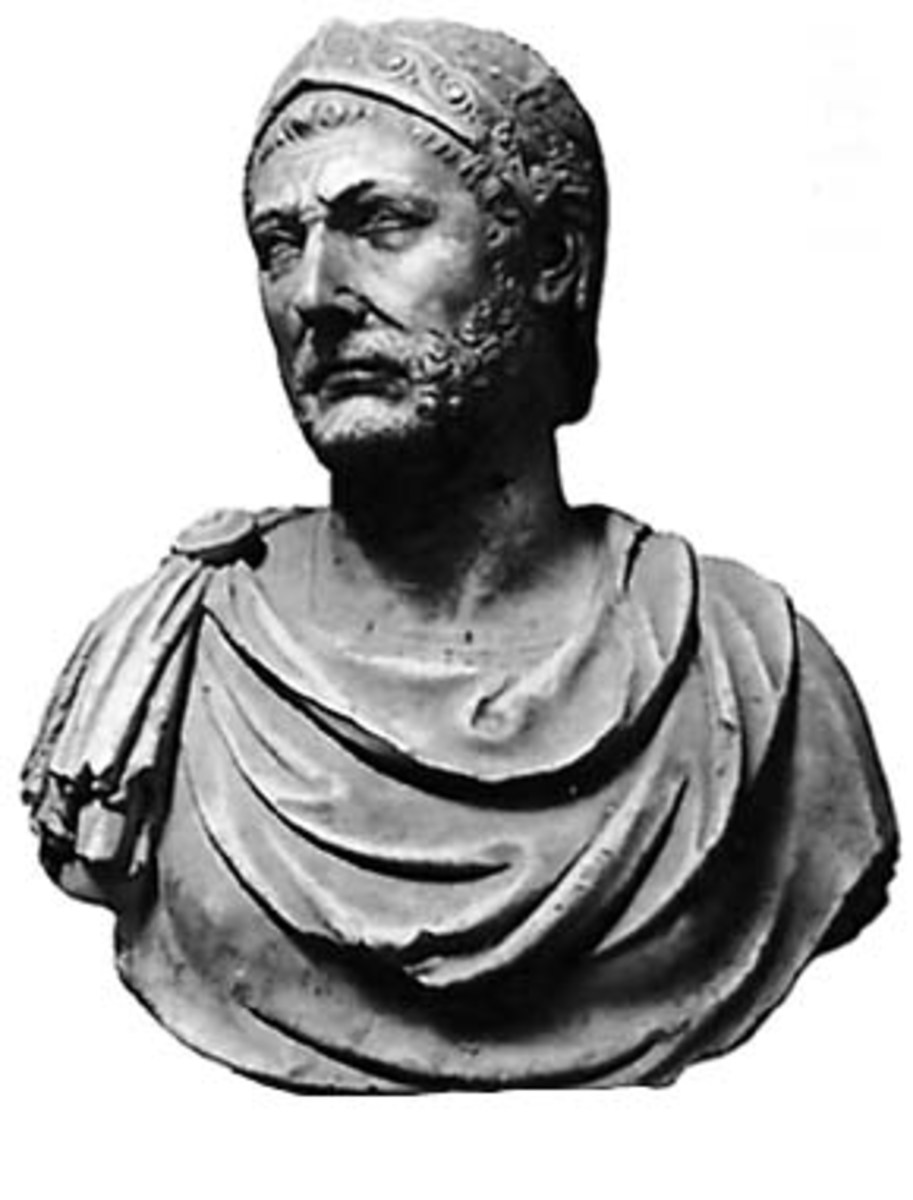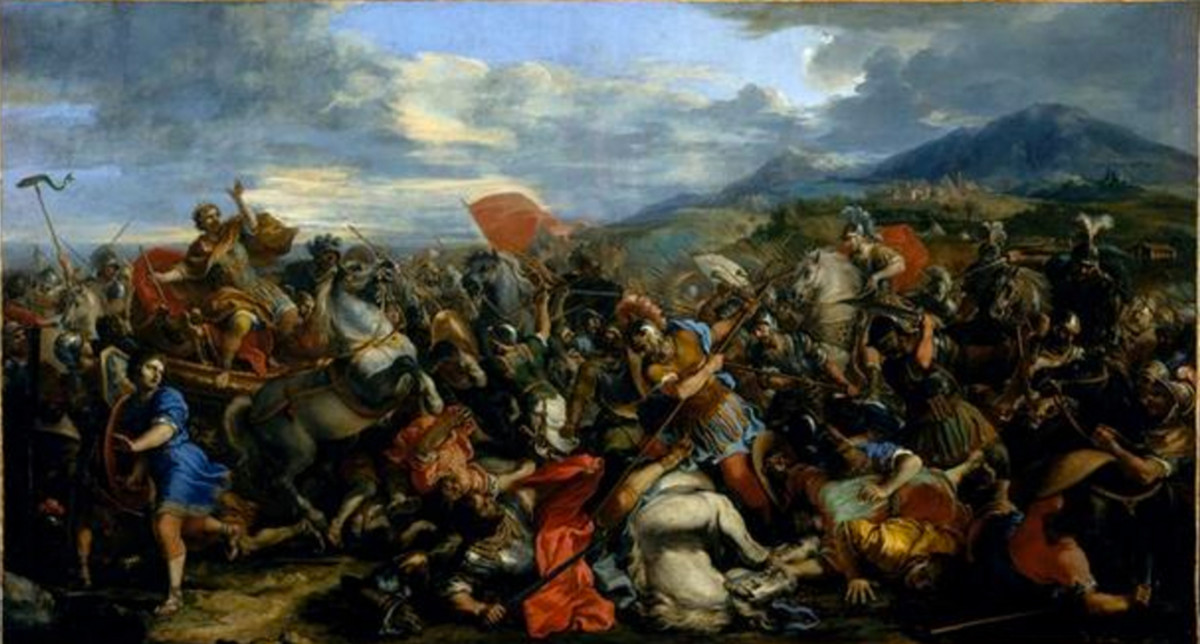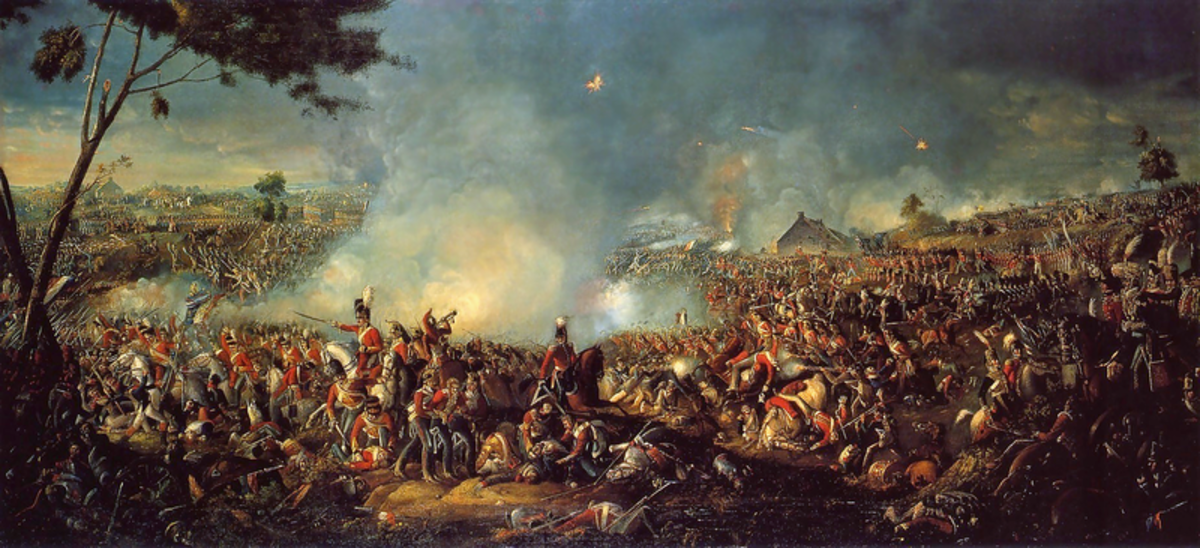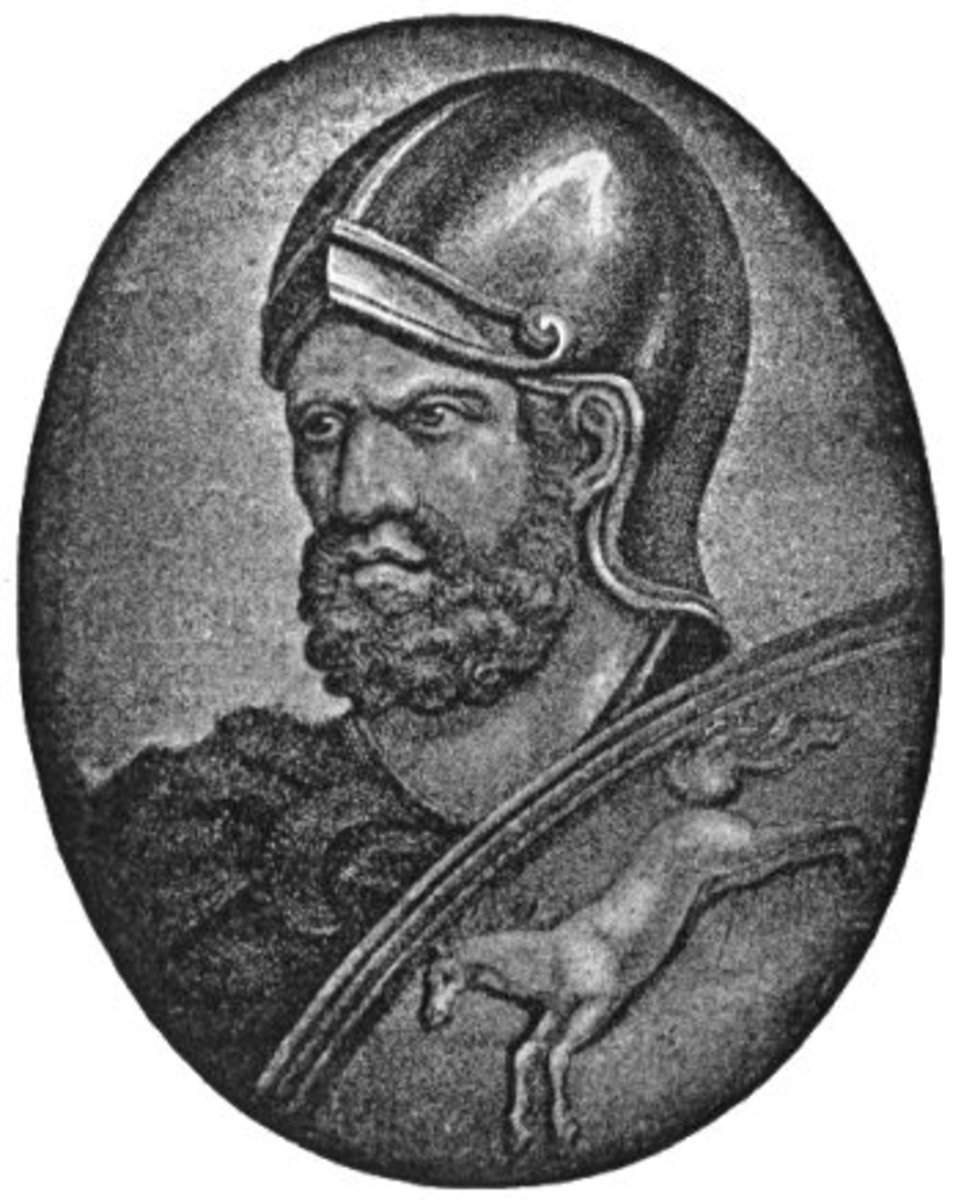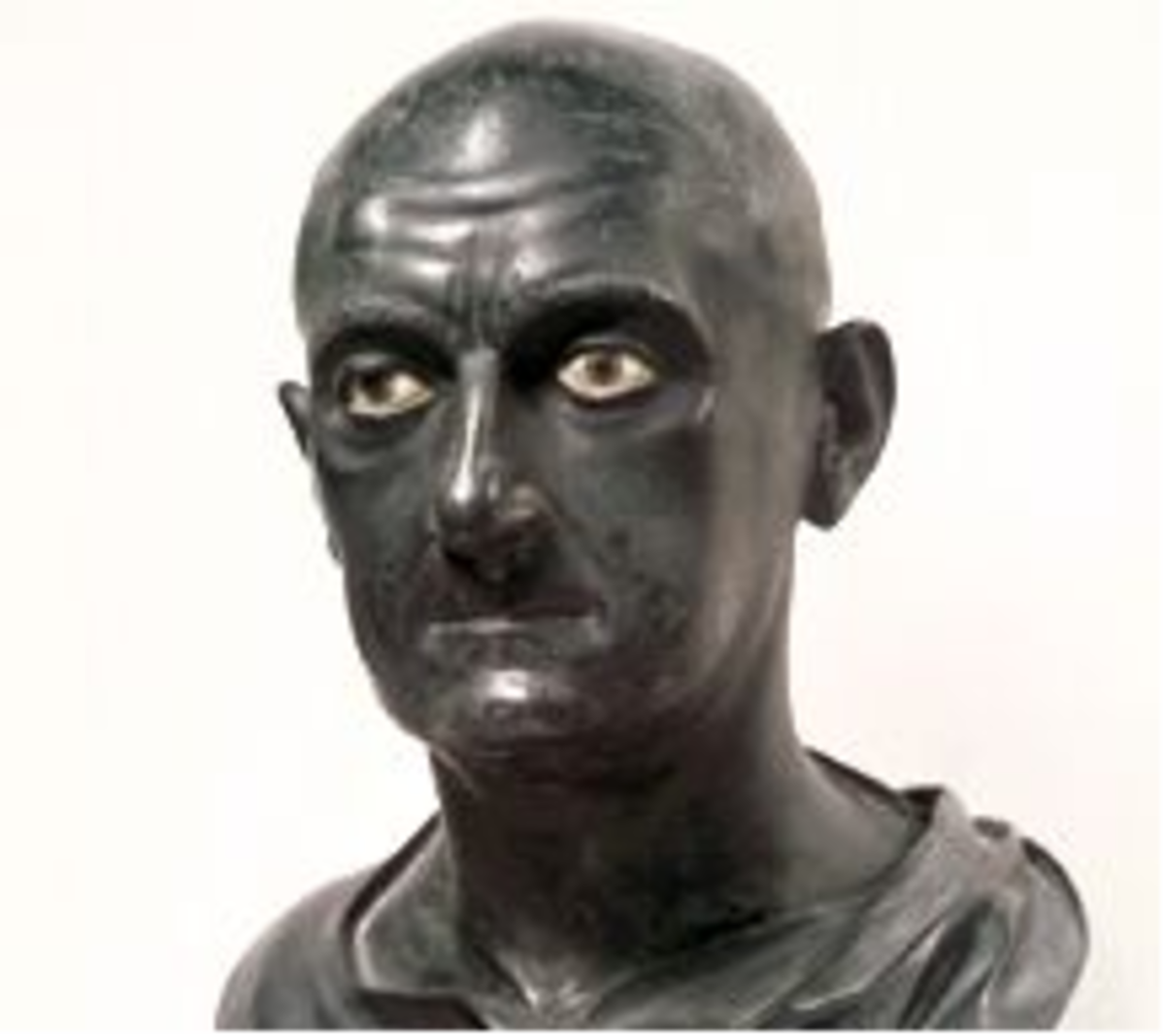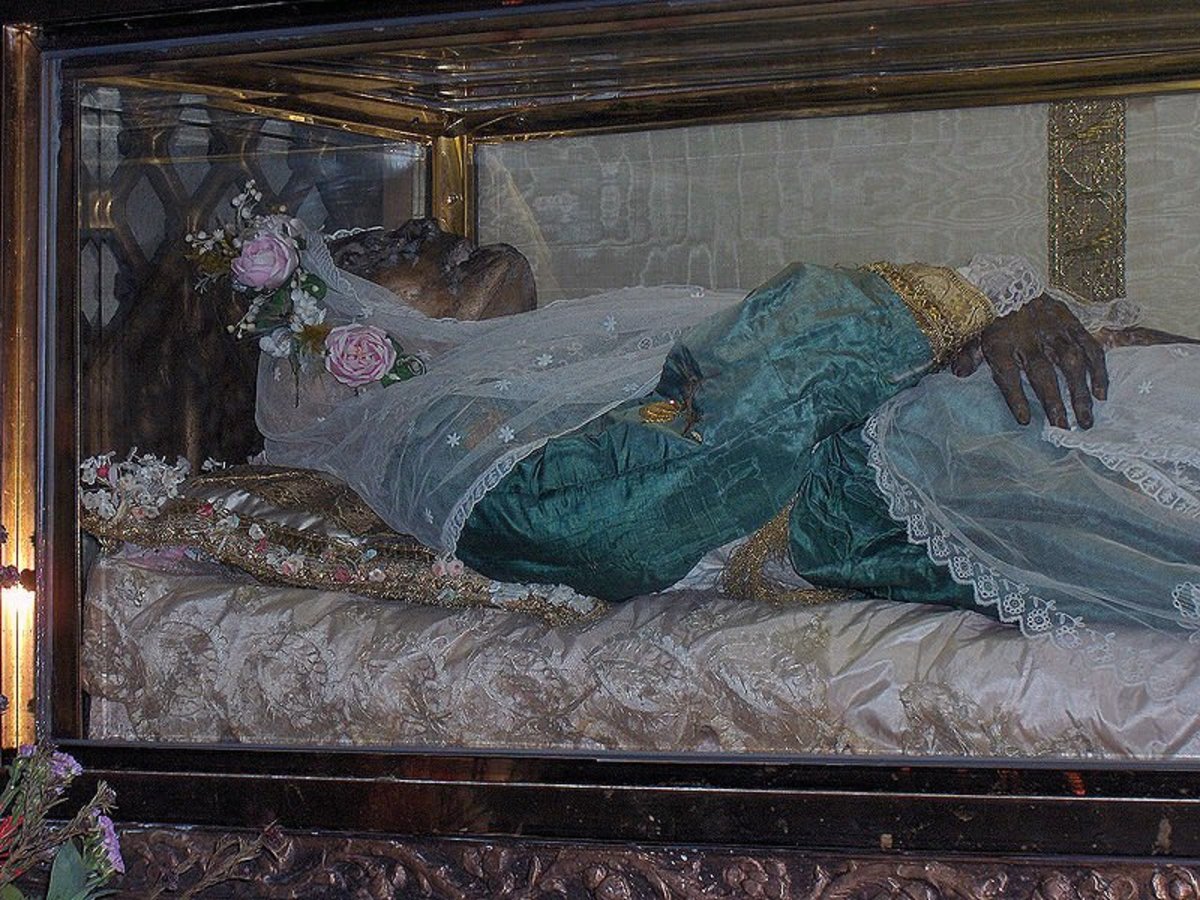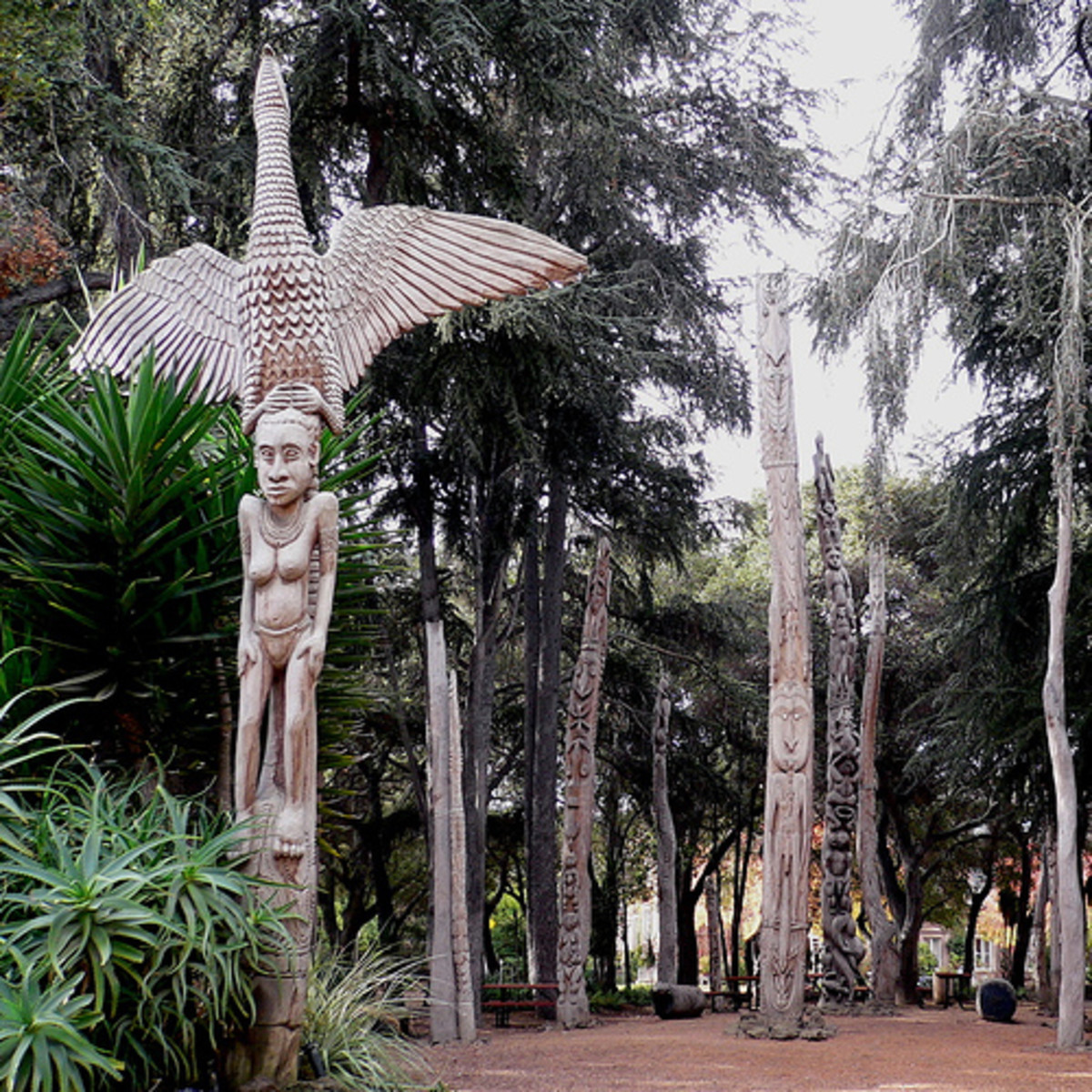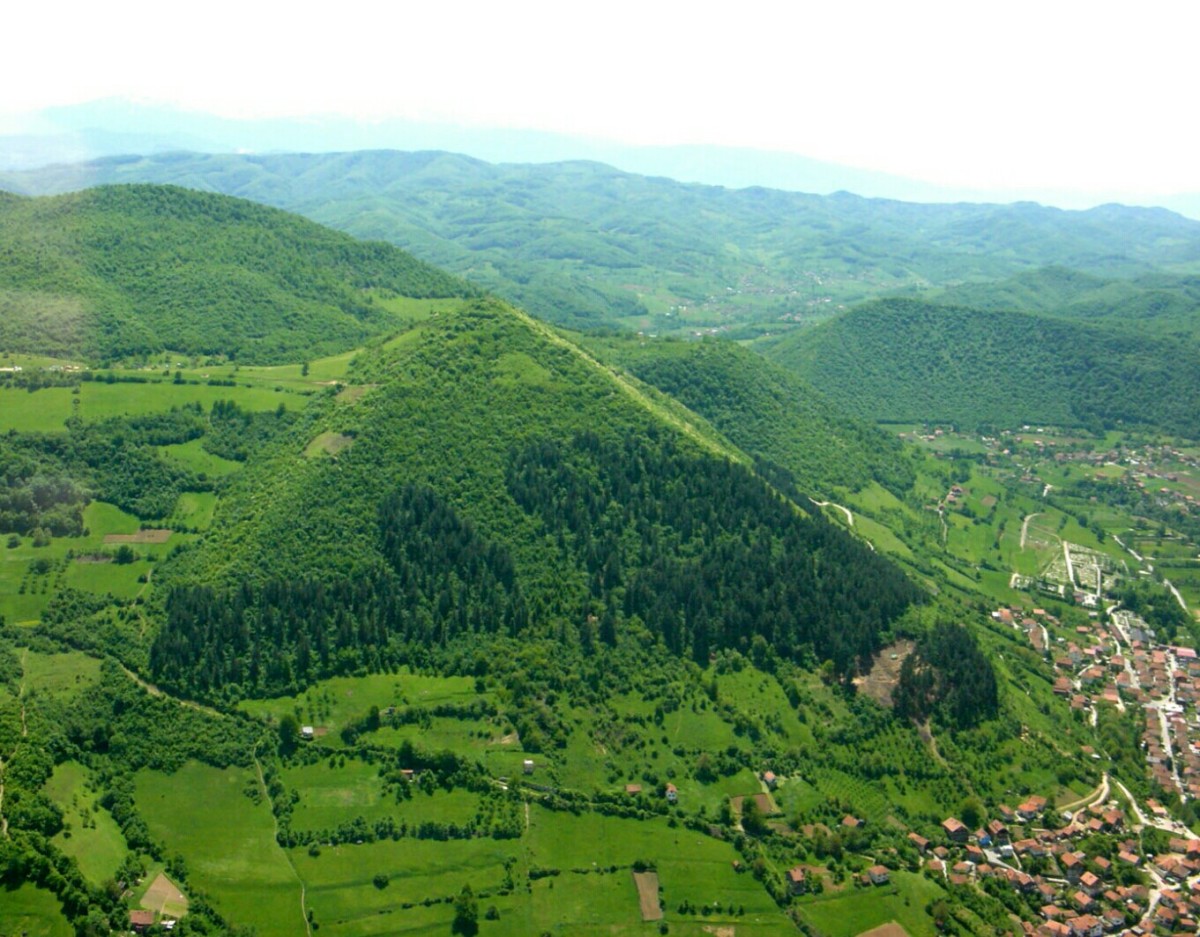History Files: Hannibal and the Battle of Cannae
Hannibal Barca
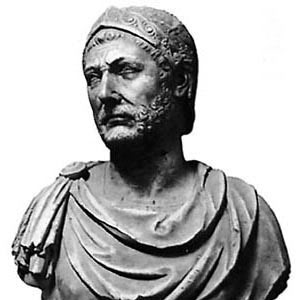
Hubshirt Store
- Hubshirts: Home: Zazzle.com Store
Your source of unique designs for T-Shirts for Hubbers .
The Road to Cannae
The Second Punic War between the Roman Republic and Carthage took place between 218-201 BCE. The war was at first dominated by the army of Hannibal Barca and his brother Hasdrubal. The Barcid brothers crossed the Alps with their armies from Spain, then a province of the North African city state Carthage. The Barcid army proceeded to defeat every Republican Army which came to face them.
Many of us conjour up thoughts of Hannibal crossing the Alps leading an army full of elephants. Elephants however were only a small part of the army, and a costly small part too. Wounded and frightened elephants could inflict more damage on friendly forces in the heat of battle than they did on the enemy. By the time of Cannae, Hannibals elephants were long dead, he was however left with a strong army of more traditional forces.
The Carthaginians at Cannae
The army of the Carthaginians at Cannae was made up of two elements, cavalry and infantry. Hannibal was in overall command of the army, Maharbalbal commanded the cavalry.
The infantry was made up from several nations, the core of the army was a body of Libyan infantry, these men fought very much like Greek Hoplite Phalanx. They were heavily armoured and carried a twenty foot long pike. Also in the heavier infantry section were Spanish Celtic warriorss whose main armament was a long sword. Light infantry comprised of javelin throwers and slingers from several tribes in both the Pyrennes and Northern Italy who joined Hannibal along the way. The Cavalry comprised light horse archers, the Numidian Cavalry who harrassed enemy troops from a distance and Heavy Spanish Cavalry who acted as shock troops, armed with long swords and shields they would hit an enemy in the flank and/ or rear at the appropriate time.
Roman Republican Army at Cannae
The Republican army as present at Cannae was not a professional army. At this time Roman citizens had to serve in the army for a period. Wealthier Patricians (old monied families) and Citizens might serve in the cavalry; it being expensive to feed and support a horse as well as oneself in the army. Citizens of more modest means would serve in the heavy infantry, while the youngest and poorest might serve in the light infantry.
Roman cavalry was poor, the mounted Roman was more like motorized infantry. He would ride the horse to near contact with the enemy and then dismount to fight in single combat.
Light infantry often used javelins to harras an enemy.
The heavy infantry fought in more formal formations called maniples (literally handfuls) a maniple would have between 120 and 160 men. Each man would carry up to 3 pillae, a long spear like object and be armoured with helmet, breast plate or overlapping metal plates over the chest and a large wood and metal bossed shield, usually ovoid at this time, not the familiar rectangular shield of the Imperial time. Each man would also carry a short sword. Maniples marched into battle separated from each other by clear channels. These channels allowed for troops tiring at the front to move to the rear allowing fresh troops to move into the fighting line.
As the maniples approached an enemy each soldier would throw his pillum, the pillum might spear an enemy directly or if it stuck in an enemy shield the wide head on a thin shaft made it almost impossible to remove from a shield, encumbered by the pillum dragging on his shield an enemy might be forced to throw the shield away. Upon contact with the enemythe Roman soldier would stab into the enemy from behind his own shield, the line creating a saw like action forcing the enemy back on their own second line and so on.
Cannae August 1 216 BCE
The Roman Army at Cannae was led by the Consul Varro. Varro was not a professional soldier but was eager to destroy Hannibal who had already destroyed several Roman Armies sent to face him.
The location of Cannae is not known for sure, it was in Southern Italy and was on a narrow plain between a river and a range of low hills. What is almost certain is that in mid summer the weather was hot and the Roman soldier had a lot of equipment to carry into battle.
Hannibal set his army in what appeared to be a thin line anchoring his flanks with the river and Maharbal and his cavalry near the hills, Hannibal placed his Celts in the center to draw on the Romans, his Libyan and Heavy Spanish Infantry in two blocks guarding the flanks but invisible to the Roman commander.
Varro did as was demanded of him his infantry was placed in one block with flanking cavalry. The narrowness of the plain meant that the maniples were packed more closely than usual, but given the thin line he saw in front of him Varro saw a quick victory.
The Romans advanced late in the morning, Maharbal quickly engaged the Roman cavalry with his Numidian cavalry and chased off the Romans with some support of the Heavy Spanish cavalry.
Unperturbed by the loss of his cavalry Varro continued to advance his infantry towards the waiting Carthaginian center. As they had in the past the Roman light infantry launched their javelins and ran back to the rear as the Heavy Infantry advanced. They too then launched their pillae at the waiting celts. Then rapidly closed to fight hand to hand. The Celts slowly gave up ground falling slowly back, drawing the Romans closer and closer to the waiting Libyans and Spanish Infantry.
Behind the Romans Maharbal had ceased chasing the Roman cavalry and was regrouping.
By mid afternoon the Romans were getting hot and exhausted, their formation was packed and those on the flanks must have noticed the small numbers of Heavy Cartheginian Infantry appearing on the flanks, Finally the Celts stopped their withdrawl. The Libyans and Spanish Infantry on the flanks of the trap turned in. The Roman steamroller could not go into reverse, and even if it could at that moment Maharbal and the Cavalry slammed into the Roman rear.
It was now all over save for the killing.
Cannae
History Files Hubs
- Big History: What is it?
What is Big History? No not a long list of boring dates to memorize, but an exciting concept of the history of everything. - Gettysburg Ghost?
A first time publication of a photograph drom Gettysburg PA. Does it show a real ghost? - History Files: "Peterloo" Manchester August 1819.
Following the Napoleonic Wars, which ended in June 1815. Britain faced an economic slump. To maintain profits for farmers the government enacted the Corn Laws, a tariff on imported grain, raising the price... - The Histrory files
At the mid point of World War Two, the allies faced a major problem. They had chased the German Army out of North Africa, the Soviet leadership was crying for a second front in the West, but the Western... - History Files : Spartans
Who were the Spartans? Many of us think we know, we've seen the movie 300, that tells us a lot doesn't it? The bunch of Greeks who went off to fight for freedom and democracy against some crazed Persian...
Some of my favorite hubbers: You May Enjoy
- History of the Roman Empire
The Roman Empire was the name given to the post-Republican period of the Ancient Roman Civilization. It is generally regarded as having begun during the rule of the first Emperor, Augustus. The date... - Romanization
Romanization otherwise known as latinization is the term used to show and identify certain different historical processes. Some of these processes are acculturation, integration and the assimilation of a...
Other Published Articles
- Inventions that Changed the World - Yahoo! Voices - voices.yahoo.com
The world today is full of inventions. But which inventions and ideas have most influenced the modern world? - Book Review - Stealing the General
In this well written and thrilling book, Russell Bonds describes the real life Civil War adventure which became known as "The Great Locomotive Chase."
